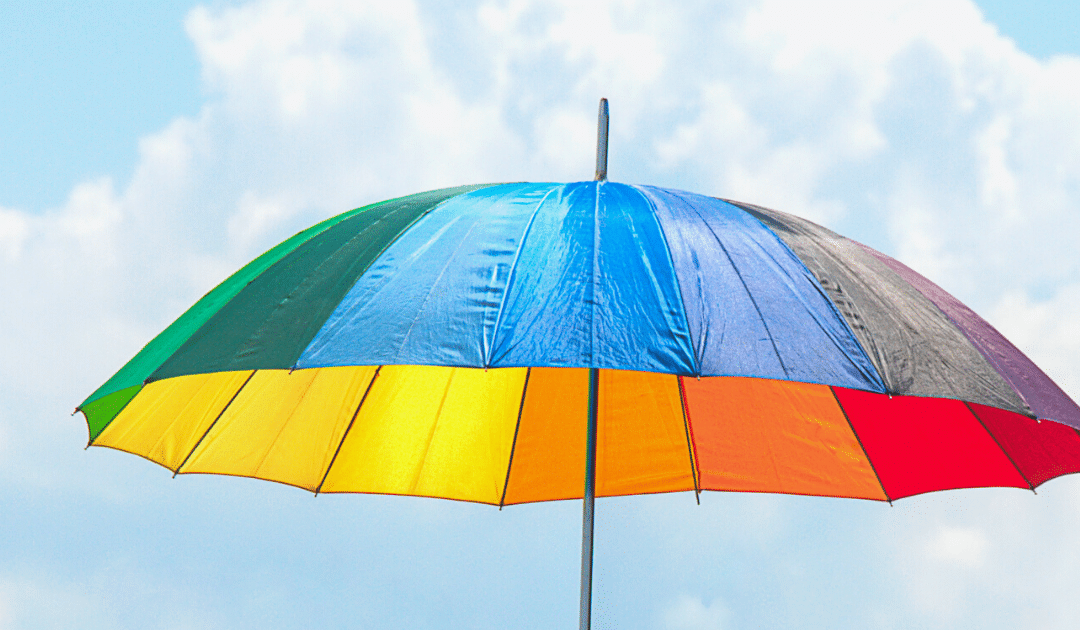
by California Casualty | Auto Insurance Info, Homeowners Insurance Info |
Umbrella Insurance, sometimes called “personal umbrella insurance”, is a type of personal liability insurance that provides an extra layer of affordable liability protection in the event of an accident.
Adding Umbrella Insurance protects you and your family by covering additional damage costs that extend beyond the limits of your homeowner’s, auto, or watercraft policies. This additional coverage ensures your personal assets are safe.
Considering adding an Umbrella Insurance policy? Here are some answers to frequently asked questions.
What does it cover?
The primary purpose of this coverage is to protect you if you’re found liable for causing bodily injury to others or damage to their property. It also protects against incidents involving slander, libel, false arrest, and invasion of privacy, as well as any legal defense costs – even if you’re not found liable. It protects not just you as a policyholder, but also other family members within your household.
What does it not cover?
Umbrella insurance does not cover damage to your own property, nor does it cover any deliberate damage to others’ property caused by anyone on the policy.
How does it work?
Think of it as a “supplement” to your core coverage. Let’s say you have liability limits of $250,000 through your auto and homeowners insurance and you’re sued for $1,000,000. The umbrella insurance would kick in after legal fees and costs exceed $250,000 – which can happen staggeringly quickly – protecting you against having to pay the remaining amount out of pocket.
How do you know if you need it?
You might need an umbrella policy if you: own a car, own a home, want to protect your assets against a lawsuit or judgment, or want to protect your retirement savings or future earnings. Accidents happen every day – umbrella insurance is an affordable way to protect the assets that you’ve worked hard to acquire.
How much does it cost?
For the amount of protection it offers, liability insurance is surprisingly affordable. The decision on whether or not to get it calls for weighing the risk of what you stand to lose – current assets as well as the potential loss of future income or earnings. It’s especially affordable if you already have a policy with the same insurance company. Are you already a California Casualty member? Call us for an Umbrella Insurance quote today!
Does it cover car rentals?
Your automobile policy is the primary coverage for any damage or injuries you might cause while driving a rental car. However, if the cost of damage or any lawsuit fees is greater than your auto insurance liability limits, that’s when umbrella insurance protection would provide you further protection.
Does it cover rental property?
If you’re a renter and have renters insurance, an umbrella policy can extend your liability protection beyond the limits of your primary policy. If you’re a landlord, this coverage can help protect you from lawsuits by tenants, their guests, or other third parties.
If you are still on the fence about Umbrella Insurance, here’s what you can do. Add the value of your home, significant assets, and any investment portfolios or retirement savings accounts, and determine how much liability coverage you have from your home and auto policies. Do your current policies cover your assets?
If the answer is no, it may be time to consider an Umbrella Insurance Policy.
Find out more about what we have to offer by calling us at 877.652.2638, or email us at [email protected].
This article is furnished by California Casualty, providing auto and home insurance to educators, law enforcement officers, firefighters, and nurses. Get a quote at 1.866.704.8614 or www.calcas.com.

by California Casualty | Auto Insurance Info |
There’s nothing quite like that new car feeling. If you’re going into the new year with a new ride, you can take steps to make sure it runs and looks great for years to come. By maintaining the interior, exterior, and engine, you’ll not only keep it looking new, but also ensure that it’s safer on the road, costs you less in repairs, performs optimally, and holds its resale value.
Here are 30 quick tips to keep your car ageless.
Protect the Interior
1. Use windshield screens to protect your interior from UV rays and to keep internal temperatures down (direct light and high temps dry out and fade interiors fast!).
2. Regularly run your A/C to keep it in top working condition – 10 mins every week should do the trick. Same for the defroster.
3. Have a trash receptacle in the car, which can help prevent stains, spills, and loose trash.
4. Clean the interior – seats, dash, carpets, door panels – at least once a month.
5. Vacuum weekly, using a handheld vac with an attachment.
6. Although sometimes difficult at the beginning, but makes a huge difference over time: try implementing a rule of banning greasy, oily, creamy, or crumbly foods from the car.
7. Replace any floormats that are wearing through – as soon as holes form, your carpet underneath is at risk of damage.
8. Remove stains immediately – don’t wait! The sooner you get to them, the easier they come out.
9. Get your A/C serviced after several years – when not checked, it can cause a moldy smell that settles into your car’s upholstery for good.
10. Apply protective conditioners to leather and vinyl seats and the dash to keep them protected from sun exposure. Think of them as sunscreen for your car.
Don’t Forget the Exterior
11. Wash your car weekly to rid it of dust, mud, and dirt. Go to your local car wash or, if washing at home, only use cleaners formulated for cars.
12. Wax at least twice a year – not only does this keep your ride shiny but it helps protect your paint from UV rays.
13. Repair windshield chips immediately. Waiting can give them time to spread, causing unsafe conditions and requiring a more expensive windshield repair.
14. Only use microfiber towels on your car’s interior and exterior. Other fibers, as well as paper towels, may scratch or damage surfaces.
15. Garage (or cover) your car if possible. This keeps it safe from UV rays, the errant baseball, bird droppings (which can etch paint), car thieves, and a host of other risks.
16. If you can, get professional detailing done annually. The pros do an amazing job and, over time, regular detailing boosts your vehicle’s resale value.
17. Check tire pressure monthly and adjust as needed according to the PSI listed in your owner’s manual. Under- and over-inflated tires increase your chances of a roadside emergency. While you’re checking pressure, inspect tires for bulges, cracks, and other damage.
18. Get tires rotated and have the alignment checked on schedule.
19. Clear leaves and other debris from the windshield exterior grill so as to not clog up the A/C system.
20. Touch up paint chips to discourage rusting.
21. Use a clay bar to get rid of road debris that doesn’t come off with washings.
22. Only use window cleaners that are safe for car windows – only vinegar mixes or special car formulas, nothing ammonia-based. And use microfiber towels rather than paper ones.
Maintain the Engine
23. Stick to your service schedule – trusted mechanics know what to do at the right time.
24. Keep revs under 3,000 – this will keep your piston rings happy and healthy.
25. If your check engine light comes on, get it checked! Most of the time, it’s something insignificant, but other times could signal a major problem.
26. Check oil regularly, even if you get it serviced professionally. Oil is your car’s lifeblood – best to err on the side of checking too often.
27. Drive your vehicle regularly – it keeps the battery charged and the fluids circulating. Start it at least once or twice a week and leave the engine running for 20 to 30 minutes to power the battery.
Don’t Forget To:
28. Get to know your owner’s manual. Know what the indicator lights mean, look at the maintenance schedules, know what kind of oil is recommended, and memorize your tire PSI.
29. Get fixes done sooner rather than later. Procrastinating on car repairs or service can multiply problems later on.
30. Make a habit of doing a visual check of your car each time you approach to get in. Whether it’s a low tire, a ding, or a back-up hazard, knowing what’s going on with your car at all times gives you the info needed to plan and act.
The more TLC you give your car, the more rewards you’ll reap in terms of safety, cost savings over time, and a steady resale value. Plus, there’s that “proud parent” feeling of having a car that both runs and looks great for years on end!
Now that you know everything to do to keep your car in tip-top condition, check out what you definitely shouldn’t do. Here are the10 Worst Things You Can Do To Your Car.
This article is furnished by California Casualty, providing auto and home insurance to educators, law enforcement officers, firefighters, and nurses. Get a quote at 1.866.704.8614 or www.calcas.com.
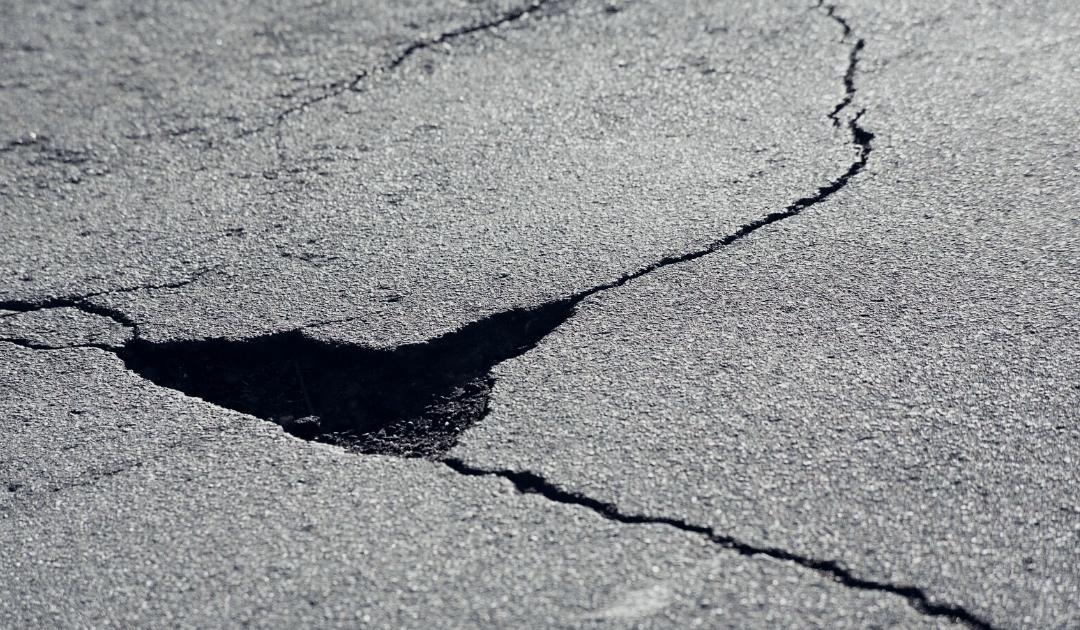
by California Casualty | Auto Insurance Info, Consider This |
It’s officially pothole season.
Potholes can pop up on roadways during any season, but why do they seem so prevalent during the first few months of the year?
When winter is ending and spring is on the horizon, the weather is constantly fluctuating between mild and freezing temperatures. Rain, snow, and ice get into smaller holes and cracks in the pavement, and as the temperature jumps back and forth from high to low, the precipitation continually freezes and thaws expanding those pavement cracks causing others to form. As cars and heavy trucks drive over them, the asphalt chips away, thus creating potholes.
Potholes, no matter how small, can wreak havoc on your entire vehicle. Here are 5 ways hitting a pothole can cause damage.
1. Steering & Suspension
Your vehicle’s suspension absorbs bumps so you can’t feel them when you drive. If you cause enough wear and tear on your suspension system, it could result in a number of problems with your steering, including: vibrations, noises when you turn, vehicle pulling to one side, etc.
2. Undercarriage
Vehicles that ride lower to the ground have a better chance of being damaged by a pothole. They can cause scratches and scrapes, that aren’t dangerous until they start to rust or leak. They can also rip off low-hanging bumpers.
3. Tires & Wheels
It’s no secret that debris from potholes can cause holes, leaks, and tears in your tire, but when you hit a pothole fast enough, it can also cause a complete tire blowout. Potholes can also damage your wheels by bending or cracking your rim. And if there is visible damage, you’ll likely have to replace the entire wheel.
4. Body & Exhaust System
Pavement debris and rocks can scratch the paint on your vehicle and cause rips and leaks in your exhaust pipes, muffler, and catalytic converter. If your exhaust pipes have been damaged, it can be a serious issue. Ripped pipes can leak exhaust fumes into the cabin of your vehicle and cause serious health issues (including death). If you hear a strange noise or lose power after hitting a pothole, there is a good chance your exhaust pipes have been damaged and you need to pull over.
5. Loss of Control
Lastly, one of the most dangerous consequences of hitting a pothole is that it could cause you to lose control of your vehicle. Losing control for even a few seconds, could not only cause damage to your vehicle, but could also be deadly for you and your passengers. That is why it is important to watch the road for potholes when you drive and try and avoid them.
Potholes are extremely dangerous for you and your vehicle, but sometimes accidents do happen.
So, what if you accidentally hit a pothole, is damage done to your vehicle covered by insurance? Typically pothole damage is covered if you have collision insurance. If you aren’t sure, call your agent and review your coverage today.
This article is furnished by California Casualty, providing auto and home insurance to educators, law enforcement officers, firefighters, and nurses. Get a quote at 1.866.704.8614 or www.calcas.com.

by California Casualty | Auto Insurance Info, Homeowners Insurance Info, Safety |
Often called the “silent killer,” carbon monoxide (CO) is an odorless, colorless gas that claims more than 400 American lives each year, sends 20,000 to the emergency room, and hospitalizes more than 4,000.
It is an indiscriminate killer, striking its victims when they’re unaware or asleep. This poisonous gas is produced by burning fuel in vehicles, stoves, lanterns, fireplaces, gas ranges, furnaces small engines, and portable generators. Here are tips for keeping you, your family, and pets safe from it.
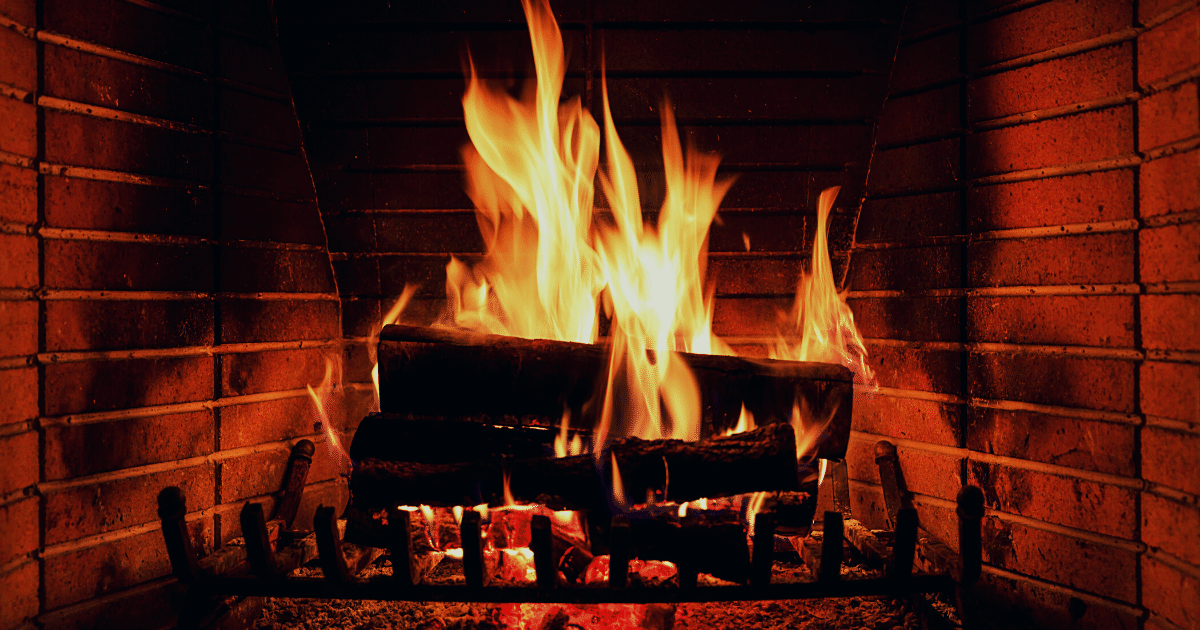
Prevention Tips For Your Home
Here are top strategies to prevent an inadvertent CO leak or exposure in your home.
-
- Install at least one battery-operated or battery back-up CO detector on each floor of your home, including the basement and garage (if it’s attached). Detectors on your main floors should be inside or directly outside the bedroom or sleeping areas.
- Test your alarm(s) monthly, replace batteries every six months and replace the units themselves every five years.
- Maintain yearly inspection schedules for your heating system, furnace, water heater, fireplace, chimney, and any other gas or coal-burning appliances.
- When buying gas appliances, only buy those carrying the seal of a national testing agency.
- Make sure all gas appliances are vented properly.
- Never burn charcoal or use a generator or portable gas camp stove indoors.
- If you smell an odor coming from your gas refrigerator, have an expert check it – the odor could indicate it’s leaking CO.

Prevention Tips for Your Car
Your vehicle actively produces CO every time you start the engine, so do the following to stay safe.
-
- Take your vehicle to a trusted mechanic yearly for an exhaust system check. Small leaks can cause CO buildup inside your car.
- Do not run your vehicle inside an attached garage, even with the garage door open.
- If your car has a tailgate, make sure you open vents or windows anytime you open the tailgate while the engine is running – if you open only the tailgate, CO fumes will be pulled into the passenger area.
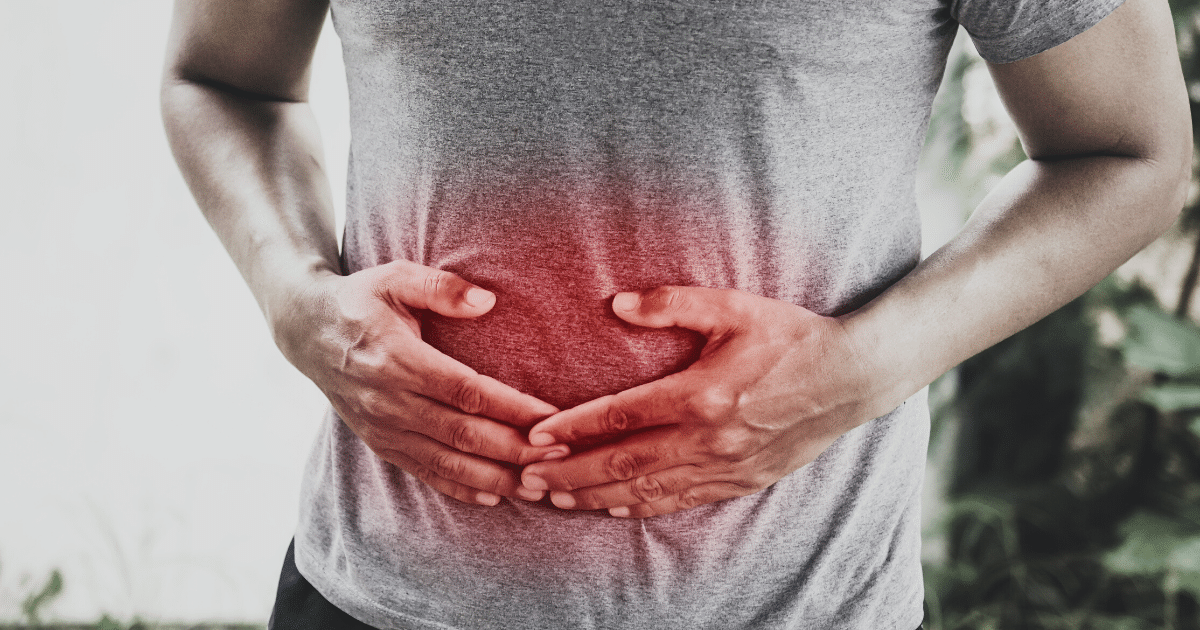
Symptoms of CO Poisoning
It’s important to know that symptoms can vary in terms of severity, and often mild symptoms are mistaken for the flu (although without fever).
-
- Low to moderate poisoning results in:
- Fatigue
- Headache
- Nausea
- Dizziness
- High-level poisoning results in:
- Confusion
- Vomiting
- Loss of muscular coordination
- Loss of consciousness
- Ultimately death
If you or a family member are experiencing any of these symptoms get outside to fresh air immediately then call 911.
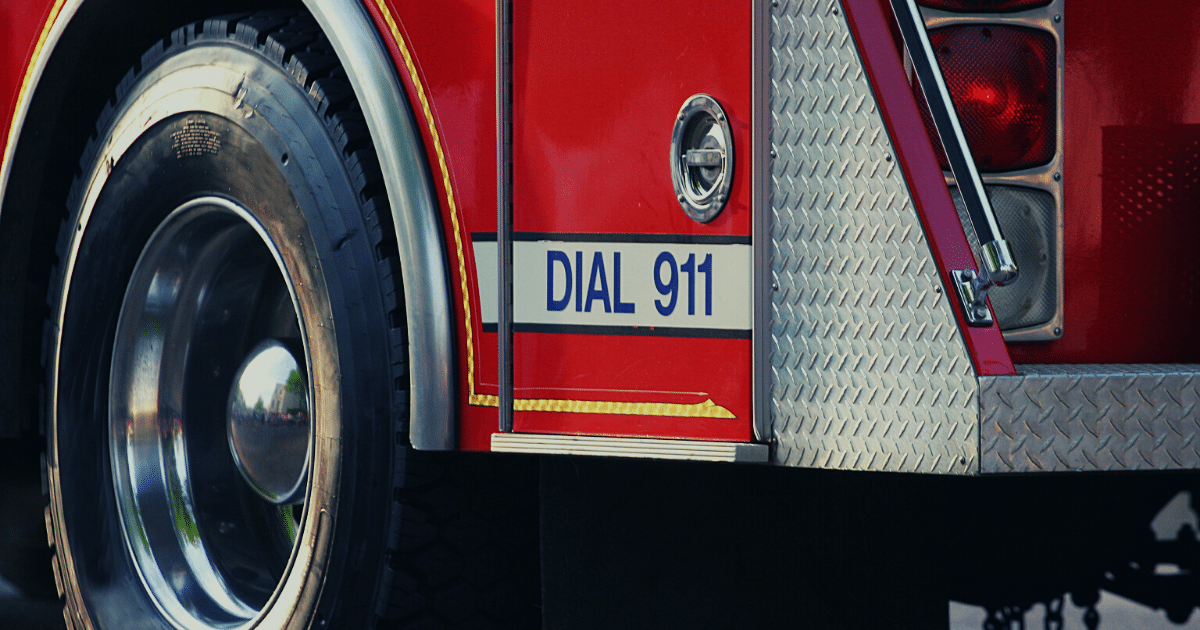
When Your Carbon Monoxide Alarm Sounds
First off, you should know – from regular testing – what the different beep sequences and alarm sounds mean. For instance, there may be different beep patterns indicating low batteries, a detector that needs to be replaced, and a true CO emergency. When you hear the CO emergency signal:
- Do not try to find the source of the leak – instead, immediately move outside to fresh air.
- Call 911, emergency services, or the fire department.
- Do a headcount for all family members and pets (do you have a family emergency plan in place?)
- Do not re-enter your home until emergency responders have given word that it’s safe to do so.
When it comes to carbon monoxide poisoning, it’s best to err on the side of abundant caution. A person can be poisoned by a small amount of the gas over a long period of time, or by a large amount during a short time. The measures above should keep both your indoor air quality and your family safe and healthy.
This article is furnished by California Casualty, providing auto and home insurance to educators, law enforcement officers, firefighters, and nurses. Get a quote at 1.866.704.8614 or www.calcas.com.
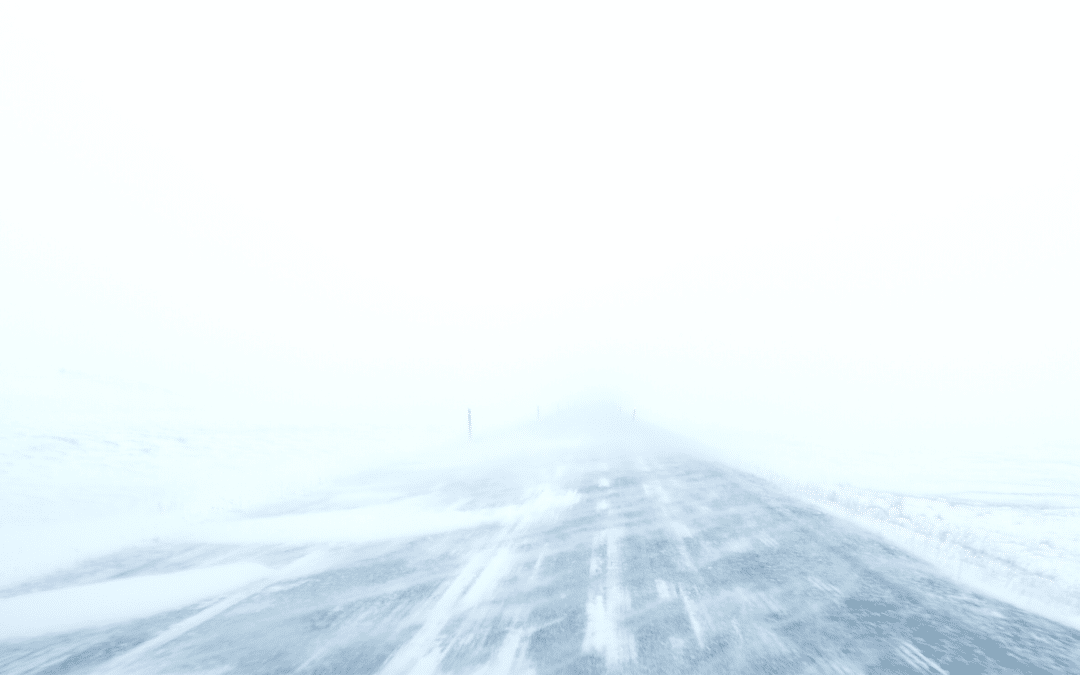
by California Casualty | Auto Insurance Info, Safety |
There’s never a good time for severe weather to hit, but among the worst is when you’re on the road. A sudden snowstorm can quickly impair your visibility, make road conditions extremely dangerous, and affect how your car handles.
Stay safe on wintertime roads with these tips for driving in snow, whiteouts, and on ice.

First, some general winter-weather rules of thumb
The below apply to all bad weather driving scenarios.
-
- Make sure your tires have plenty of tread before winter weather hits – or better yet, install winter tires.
- Check the weather before you leave the house; if it’s too bad, wait it out.
- Clear all snow, ice, and dirt from windows, windshield, brakes, and all other lights before leaving your driveway.
- Drive slowly the entire time while on the road (the more dangerous conditions, the slower).
- Drive smoothly, avoiding sudden movements on the steering wheel, brakes, and control panels.

Driving in Snow
The quality of snow in a snowstorm can vary widely, depending on wind speed and direction, moisture levels and more. The snow might be slushy or dry, sparse or voluminous, and it might be falling straight down or at a sharp angle. All of these variables affect how you should proceed on the road, but the following will keep you safer across many conditions.
-
- Go slow – Increase your following distance to at least 8-10 seconds.
- Be hyper-aware of your surroundings – Vigilance on the road will help you avoid snow dangers and also spot (and get out of the way of) out-of-control drivers who are sliding your way.
- Don’t use cruise control – It’s important that you’re paying close attention and that you’re able to react to road conditions quickly.
- Use your headlights – Make sure your headlights are on (no matter the time of day), and that they’re on dim and not high. This will help your visibility and also help other drivers see you.
- Adjust how you brake – If you’re coming up on a stop sign or signal, come to a stop slowly (that extra following distance comes in handy here). Don’t slam on your brakes, as this can put you into a skid. If you have anti-lock or ABS brakes make sure you’re comfortable with how they work in all weather conditions, including snow.
- Know when and how to stop – Don’t stop if you don’t have to (starting again can be dangerous and difficult), and never stop on a hill. If you must stop, remember it takes vehicles longer to come to a stop in snowy conditions.
- Drive in the tracks of the car in front of you – This will make it easier to control your vehicle.
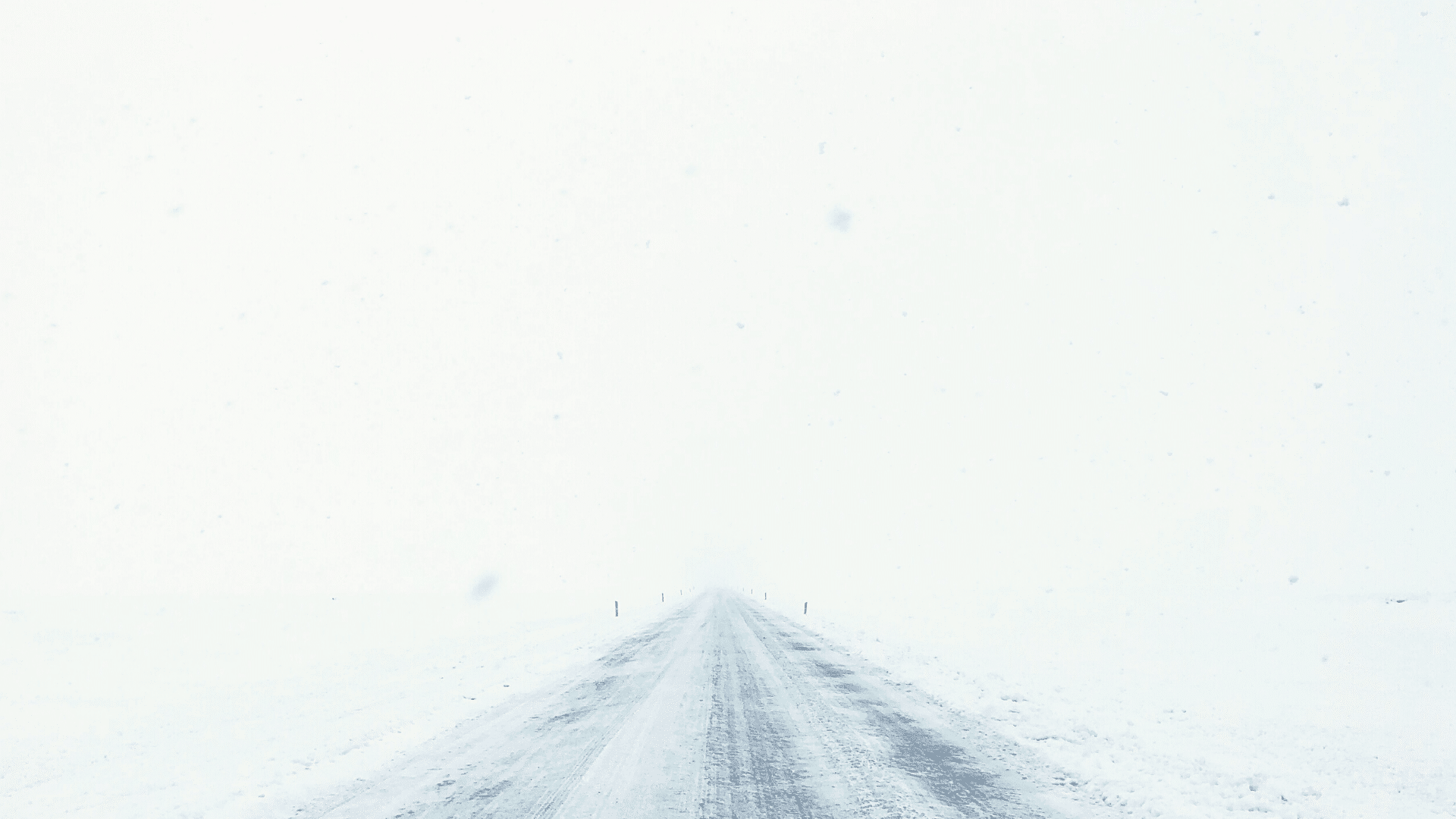
Driving in Whiteout Conditions
Whiteouts may be one of the most dangerous of snowy conditions. Here’s how to handle it if you find yourself in one.
-
- Remain calm – This is harder said than done but trying to remain calm will help you avoid over-reacting or making poor decisions.
- Slow WAY down – The most dangerous thing about a whiteout is the sudden loss of visibility. Slowing down will give you time to see what other drivers are doing and have time to react if an accident or other emergency happens right in front of you.
- Make yourself visible to other drivers – Just as you can’t see other drivers, they can’t see you. Make yourself as visible as possible by turning on your headlights (fog lights are best if you have them), and perhaps even your hazards. You can even use hand signals out the window if you need to.
- Wait out the whiteout – If visibility drops to zero and you feel unsafe, look to the nearest exit and pull off. From there, find a shoulder to pull over on. If there are no exits on your stretch of highway, pull to the side of the road, turn on your hazards, and wait out the storm.

Driving in Ice
Besides the snow you can see, there may be ice that you can’t. Notoriously hard to see, black ice acts as a glaze that coats surfaces and makes them extremely slippery and dangerous. When driving, you’ll want to be on the lookout – and ready – for it on all roads, but especially bridges, overpasses, tunnels, roads beneath overpasses, and at the bottom of hills. Check out our tips for spotting and safely negotiating black ice here.
When it comes to the downsides of winter, hazardous driving situations are among the top. But between staying off the road when possible, and taking precautions when you do have to drive, you can keep yourself, your family, and other drivers safer.
This article is furnished by California Casualty, providing auto and home insurance to educators, law enforcement officers, firefighters, and nurses. Get a quote at 1.866.704.8614 or www.calcas.com.
by California Casualty | Auto Insurance Info |
We have amazing employees at California Casualty. The Employee Spotlight is a new series aiming to highlight those talented individuals that make up our successful company culture and community. From human resource recruiters and learning and development trainers to claims adjusters, marketers, customer support specialists, partner relations, sales representatives, and beyond; each week, we’ll highlight a new team member, so you can get to know us better and see how our employees make us who we are as a company.
This edition of the Employee Spotlight will feature Field Marketing Manager, Nina Ericksen
Nina has been with us for 9 years and works remotely for our Partner Relations team.
Let’s get to know Nina!
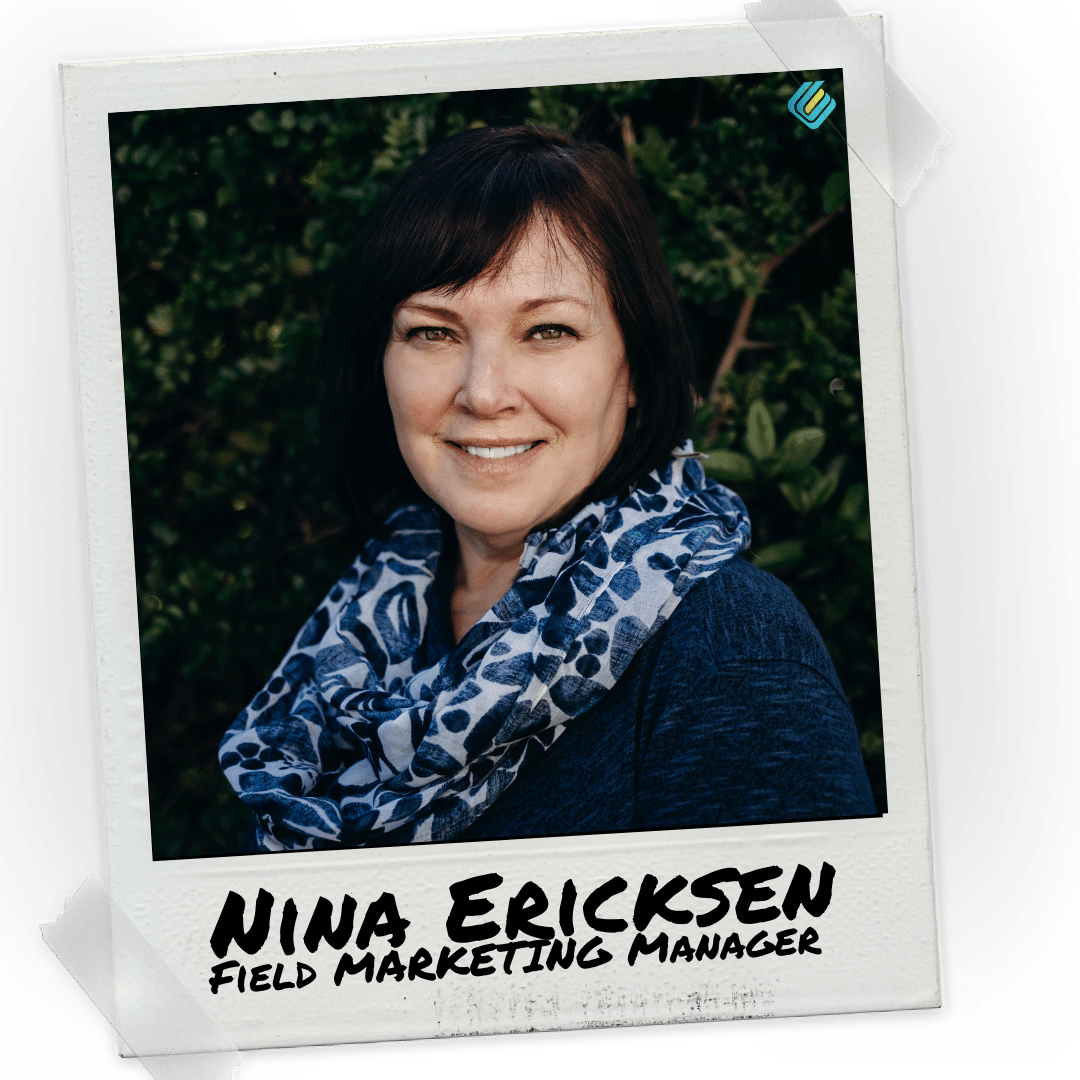
What made you want to work as a Field Marketing Manager for California Casualty?
I had worked as an Account Manager in the financial services field for 20 years. I loved the work but did not like the volatility of the industry.
California Casualty gave me the work I love in a stable environment.
What is your favorite part about your job?
Without a doubt, the relationships with my leadership team is my favorite part of the job. It never feels like work when you are spending time with people who are friends.
I love my job at CalCas because I work with some of the best people I know both inside and outside of the company. I feel proud of the way we help and support members of the community that are in the business of giving to others every day.
What have you learned in your position at California Casualty?
The most useful information I have learned about myself in my position is to never lose hope or allow yourself to be defeated. Just wake up every morning and show up, put one foot in front of the other, and before you know it you have achieved what may not have seemed possible!
What are your favorite activities to do outside of the office?
I love spending time in my off-hours with my two granddaughters, aged 6 and 1. They are the lights of my life.
I also spend as much time as possible at the beach and taking my dog, Luke, for walks.
Anything else you would like the audience to know about you?
Here are some fun facts about myself:
-
- I grew up in Central New York State.
- I met my husband while he was cutting my hair.
- I was in musical theater in High School.
- I am deathly allergic to Kiwi.
- Old movies, especially film noir, are my jam.
If you want to learn more about Nina or are interested in a career at California Casualty, connect with her on LinkedIn! Or visit our careers page at https://www.calcas.com/careers














